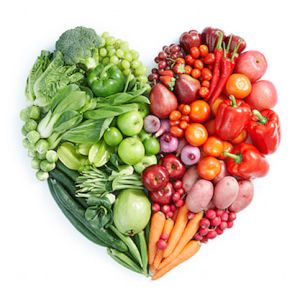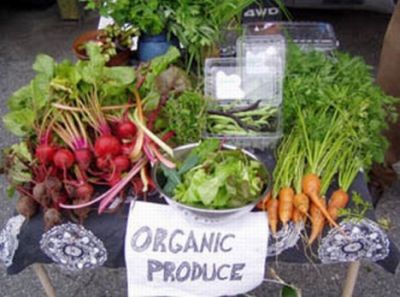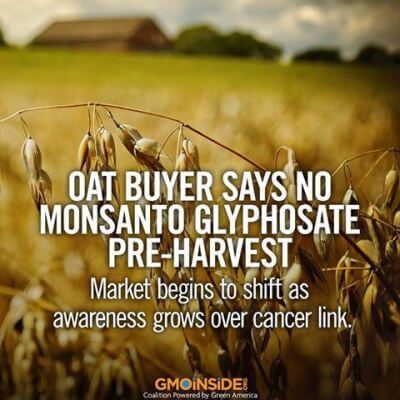Mae Chan – Researchers at the University of South Carolina, including James Hebert, ScD, and Philip Cavicchia, PhD, scored foods and food components thought to positively or negatively affect levels of inflammation, based on a review of peer-reviewed studies relating to diet and  inflammation that were published between 1950 and 2007. Since then, new research is bringing the index closer to “prime time”– ready to be used in epidemiological and clinical studies.
inflammation that were published between 1950 and 2007. Since then, new research is bringing the index closer to “prime time”– ready to be used in epidemiological and clinical studies.
While each plant has its own twist, all are based on the general concept that constant or out-of-control inflammation in the body leads to ill health, and that eating to avoid constant inflammation promotes better health and can ward off disease, says Russell Greenfield, MD, a clinical assistant professor of medicine at the University of North Carolina at Chapel Hill.
“It’s very clear that inflammation plays a role much more than we thought with respect to certain maladies,” Greenfield stated.
“We always thought anything with an “itis” at the end involved inflammation,” he says, such as arthritis or appendicitis. But even the illnesses without an “itis” at the end, such as cardiovascular disease, certain cancers, even Alzheimer’s disease, may be triggered in part by inflammation, he says.
It is becoming increasingly clear that chronic inflammation may be at the root cause of many serious illnesses.
Carbohydrates, fat and cholesterol are among the food components most likely to encourage inflammation, while magnesium, beta-carotene, vitamins A, B-6, C, D and E, fiber, omega-3 fatty acids, flavonoids, turmeric and tea were the strongest anti-inflammatories.

 Apples
Apples This rising demand for organic food has allowed farmers’ markets to expand. In 2014, there were 8,268 farmers’ markets that provided locally grown organic food to consumers — a 180 percent increase from 2006! (2)
This rising demand for organic food has allowed farmers’ markets to expand. In 2014, there were 8,268 farmers’ markets that provided locally grown organic food to consumers — a 180 percent increase from 2006! (2)
 “In an April 20 memo to Prairie oat growers, Grain Millers said the new policy was ‘driven by functional performance attributes of finished products manufactured from oats known to have been treated with glyphosate and by customer demand.’ [1]
“In an April 20 memo to Prairie oat growers, Grain Millers said the new policy was ‘driven by functional performance attributes of finished products manufactured from oats known to have been treated with glyphosate and by customer demand.’ [1]